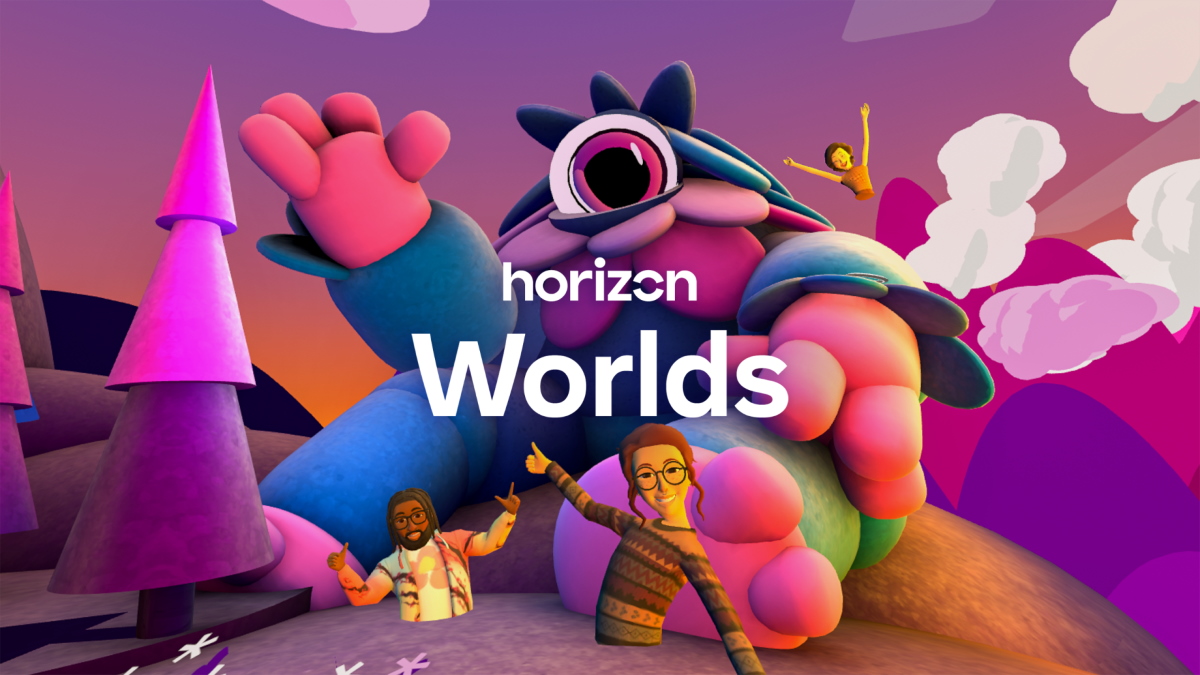As Zuckerberg stated at the conference, Meta literally means “beyond” in Latin. The term “metaverse” was coined by American science fiction writer Neil Stevenson in his 1992 novel Avalanche. With this word, he described the virtual world where the avatars of real people live. Later, this concept appeared in other science fiction novels, such as Ernest Kline’s Ready Player One (filmed in 2018 by Steven Spielberg).
The Metaverse is a world in which virtual objects that do not exist in reality merge with completely physical things and events within a single platform, ecosystem. A simple example: in the form of your digital twin-avatar, together with other people, you will be transported to many different displays of the universe, filled, depending on the use case, with various services – from educational to entertainment.
You need to understand that the metaverse is still a concept and each element in it brings us closer to building a certain dimension where the real and virtual worlds will be combined. Facebook itself (now Meta) describes it this way: “The Metaverse is not a single product that one company can build. Like the Internet, the Metaverse exists whether Facebook exists or not.”
Over the past few years, the term “metaverse” has become super popular – it is mentioned in the context of Fortnite, Roblox, Minecraft, Animal Crossing, as well as AR and VR technologies, writes CNET.

For example, in 2021, the heads of Microsoft, Epic Games and Facebook simultaneously spoke about the development of their metaverse. And each company sees the image of the virtual universe of the future in its own way.
Where did the metaverse come from
The metaverse in the view of science fiction writers is a utopian virtual universe, which is “liberated” from the cultural, social, economic and political problems of reality, or a virtual “refuge”.
The term “metaverse” was coined by science fiction writer Neil Stevenson in 1992 in his novel Snow Crash. According to Stevenson, the Metaverse is the next stage in the development of the Internet: a common digital world that combines “physical”, augmented and virtual realities.
People can connect to it in the form of avatars and do everything that they do in the real world: search for information, communicate, go shopping and work – but at the same time escape from reality and live in a virtual universe. A person’s avatar in the metaverse can be whoever they want and own anything, and death does not mean death in the real world.
Similar all-digital worlds are featured in the Matrix trilogy and Ready Player One novel by Ernest Kline, where the OASIS multiplayer online game has become an analogue of the metaverse.
How the metaverse differs from the modern Internet and online games
Venture investor Matthew Ball and the modern ideologist of the metaverse identified its seven main features:
- Endless existence. It never resets, pauses, or ends.
- It works in real time and does not depend on external factors, although developers can create and schedule events in the metaverse.
- There is no limit on the size of the audience and the number of concurrent users.
- Everyone can connect to the metauniverse at any time and participate in its life on an equal footing with the rest.
- There must be a fully functioning economy. People and companies can receive some kind of reward (analogous to money) for the “work” that brings “value” recognized by others, spend it and invest.
- The Metaverse unites the physical and digital worlds, open and closed platforms, private and public networks. This is a “single digital whole”.
- Compatibility of data, objects, assets, content transferred between digital worlds is necessary. For example, a user should be able to transfer cars from GTA
- Online to Need for Speed or gift them to a Facebook friend.
- The Metaverse must be filled with “content and experiences” created by its own users: individuals, groups, or commercial enterprises.
Fortnite could become a metaverse
In April 2021, Epic Games raised $1 billion in funding to “support the metaverse’s long-term vision.” The company is positioning its Fortnite game not as interactive entertainment, but as a “metaverse” with a focus on social features.

Fortnite has become a cultural phenomenon and has become a platform where people go to chat with friends instead of social networks. Brands use the game for their projects, writes Matthew Ball:
- In April 2020, rapper Travis Scott held a concert in Fortnite, which was watched by more than 12 million players at the same time.
- In December 2019, Disney premiered an excerpt from the ninth episode of Star Wars and also held a live interview with the film’s director, JJ Abrams. The event itself is mentioned in the film.
- Weezer has created an island where players can listen exclusively to the new album.
- Epic Games hosts limited-time events inside Fortnite tied to real-world releases. The game map transforms into a virtual world that changes the style and in-game objects in partnership with brands: DC, Nike, Lionsgate, Marvel, Microsoft, Sony and more. So Fortnite has become a place where different universes intersect: players can literally wear a Marvel character costume inside Gotham while chatting with a friend in an NFL-licensed uniform.
- Players have the opportunity to create their own content through the creative mode in Fortnite, as well as monetize it. These can be emotes, costumes, game mechanics, and worlds. At its core, Fortnite’s creative mode is a “proto-metaverse,” Ball says: players can upload their own unique Fortnite avatar in the lobby and choose from thousands of worlds created by other players.
